Find out which material makes the best ice hockey puck in this simple science investigation.
Ice hockey pucks are made from vulcanised rubber. They usually have small grooves on the surface so they can grip the ice and are frozen before a game to stop them from bouncing.
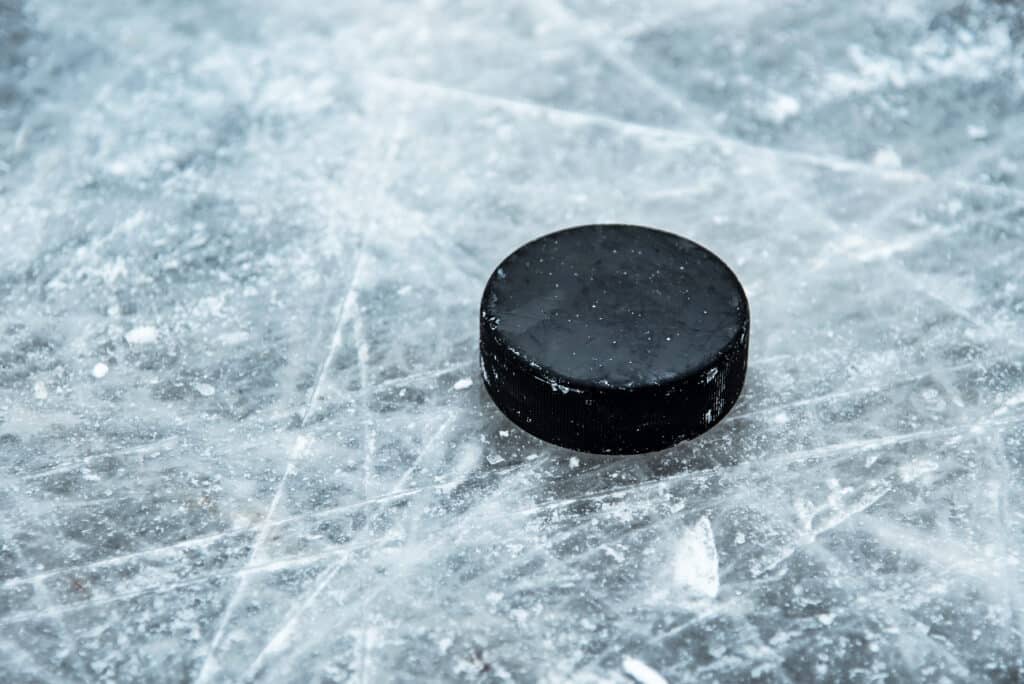
Ice hockey science investigation
You'll need
Milk bottle tops
Materials to test - Cellophane, felt, kitchen foil, bubble wrap
Mini hockey stick - we used K'nex
Container with a sheet of ice frozen inside.
Let’s think scientifically
How will you measure the success of your hockey puck?
Will a good hockey puck move more easily over the ice? How will you be able to tell?
For an object to move quickly and easily on a sheet of ice, there needs to not be much friction.
Step 1
- Rub two pieces of ribbon together, they should move easily. There is not much friction between the two smooth surfaces.
- Now try to rub two pieces of velcro together, it should be much harder, frictional forces are greater when rough surfaces are in contact.
Step 2
Will the best hockey puck travel the furthest?
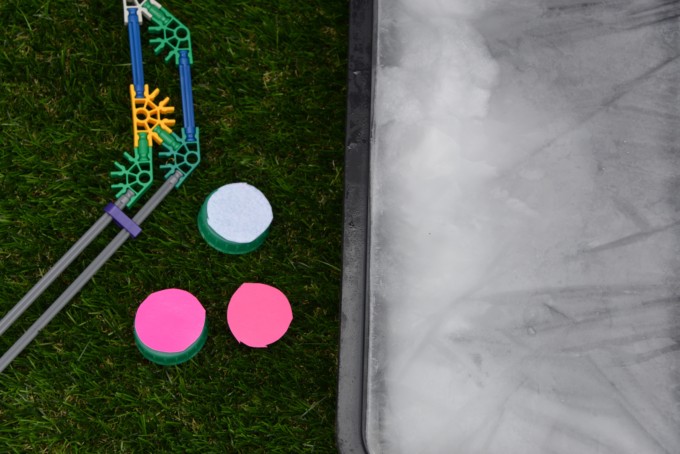
Which conditions should you keep the same?
- The force applied to the puck? How can you keep this the same each time you test a puck?
- Size of the hockey puck
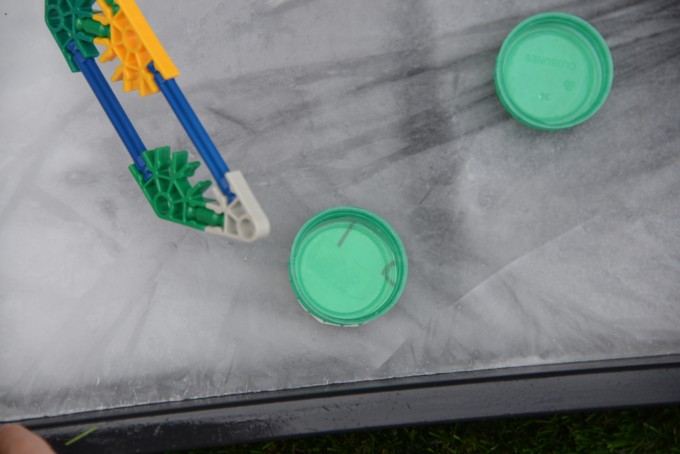
Materials to test
- Felt
- Cellophane
- Bubble wrap
- Card
Instructions
Think about how to reduce friction between the milk bottle top and the ice, which material do you think will be most efficient at reducing friction?
Stick the test material onto the base of the milk bottle top using double-sided tape.
Place on the ice and gently push with the hockey stick.
Repeat for the different materials to see which base allows the milk bottle top to travel the furthest.
Links to Literacy
Write a story about an ice hockey team searching for the best puck.
Links to Maths
Measure the distance travelled by each type of puck, and choose the best measuring device for this purpose.
Suitable for Key Stage 1 – Materials and their Properties
If you enjoyed this activity, don't forget to take a look at my other sporty science experiments!
Last Updated on January 20, 2023 by Emma Vanstone
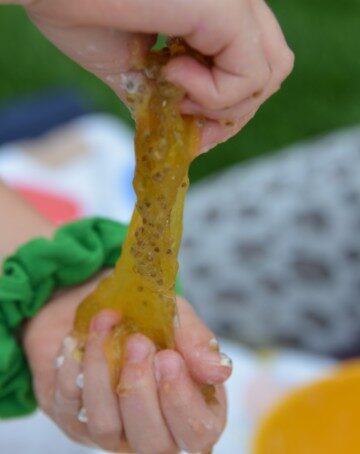
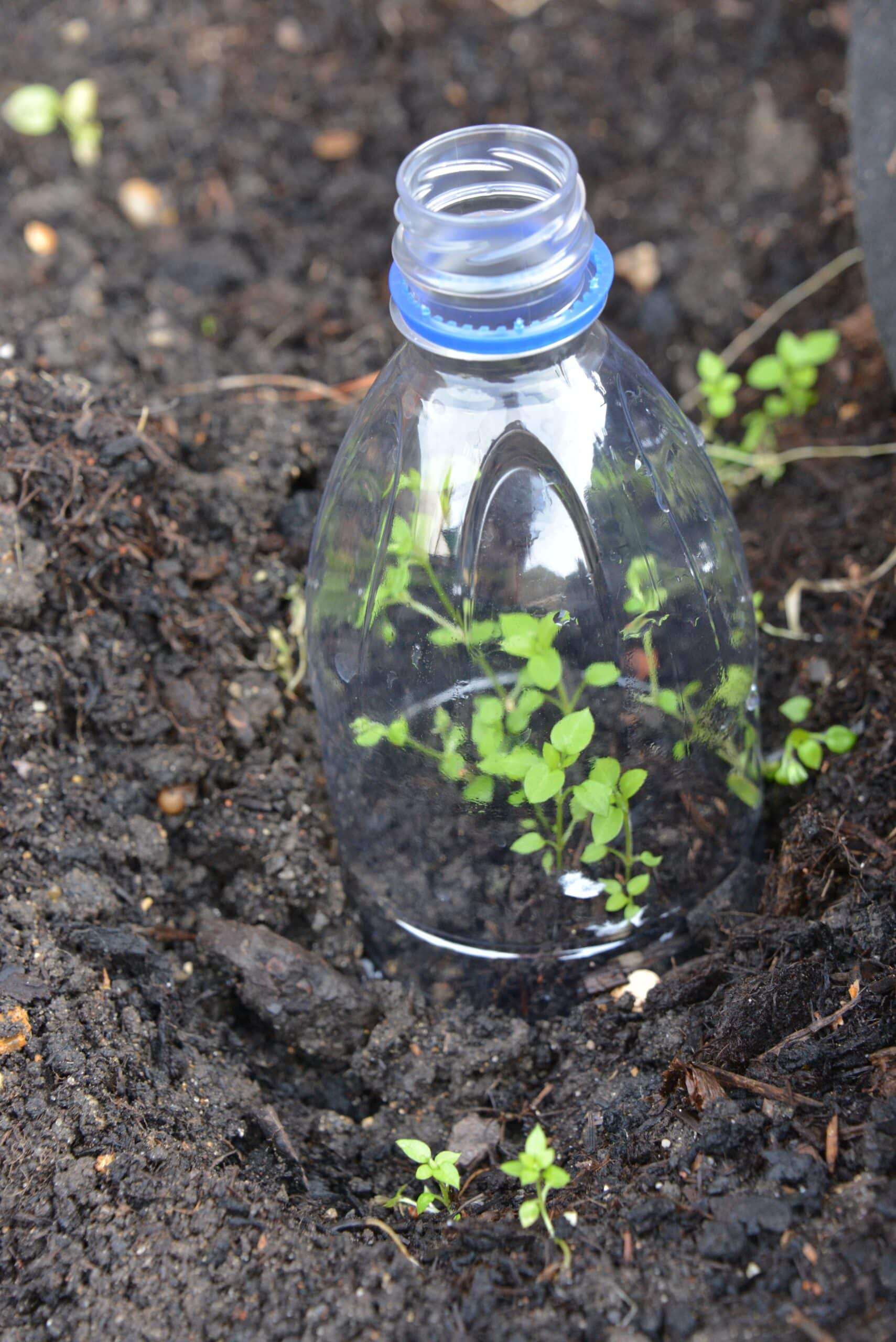


Leave a Reply